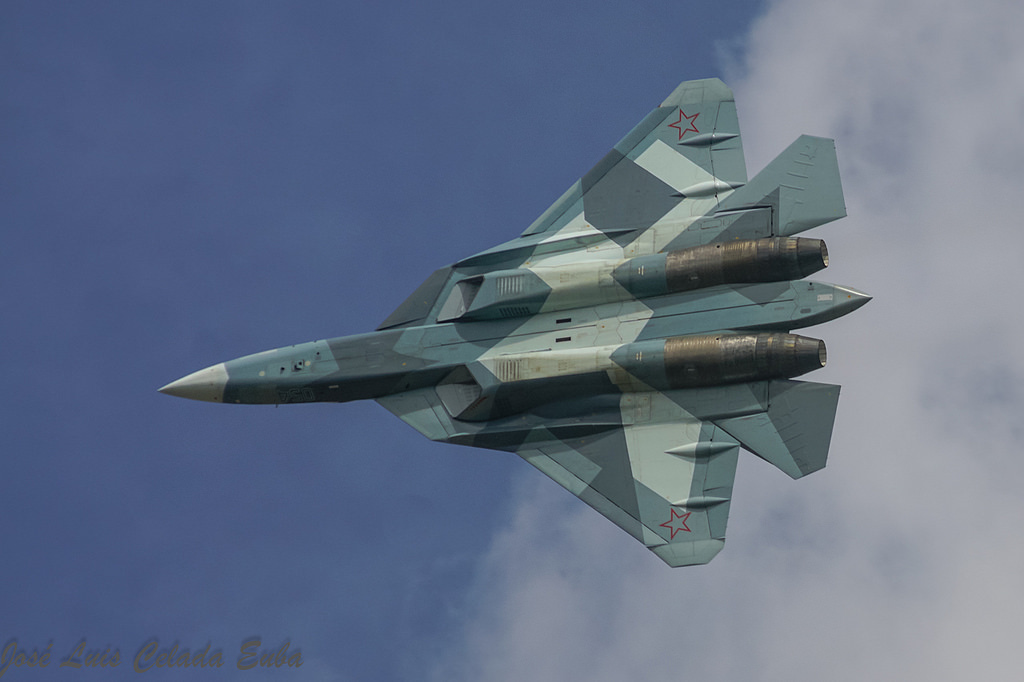This post is also available in:
 עברית (Hebrew)
עברית (Hebrew)
A high-powered panel appointed by the Indian defence ministry to examine different aspects of the fifth generation fighter aircraft (FGFA) project has said that India should co-develop and co-produce the stealth future fighter with Russia. The aircraft project is based on the PAK-FA.
The committee, headed by Air Marshal Simhakutty Varthaman (retd), has recommended India should go ahead with it in the face of reservations by the Indian Air Force, according to hindustantimes.com.
The Indian government had constituted a committee under the Air Marshal to assess the viability of building the multi-billion dollar stealth fighter with Russia.
It would be interesting to find out whether there will be a place for Israeli technologies in this future fighter program, which includes various fields in which Israel plays a leading role.
According to defenseworld.net, the committee also has pointed out that India would significantly gain from partnering with Russia through the transfer of technology, officials said. The four-member panel looked into various aspects of the project for around five months.
India and Russia are yet to sign a $4-billion research and development contract for the FGFA. India has already spent Rs 1,500 crore in the preliminary design stage, which was completed in June 2013 on the basis of a contract inked with Russia.
The ability to super-cruise or sustain supersonic speeds in combat configuration without kicking in fuel-guzzling afterburners is a key Indian requirement. However, the Indian Air Force continues to have reservations about the project due to the high cost and the extent of technology transfer, a senior official said.
Indian military planners are hoping that the technology the FGFA project brings to India would help a programme to build an indigenous stealth fighter or the advanced medium combat aircraft. The first AMCA prototype could be built in 10-12 years.


























